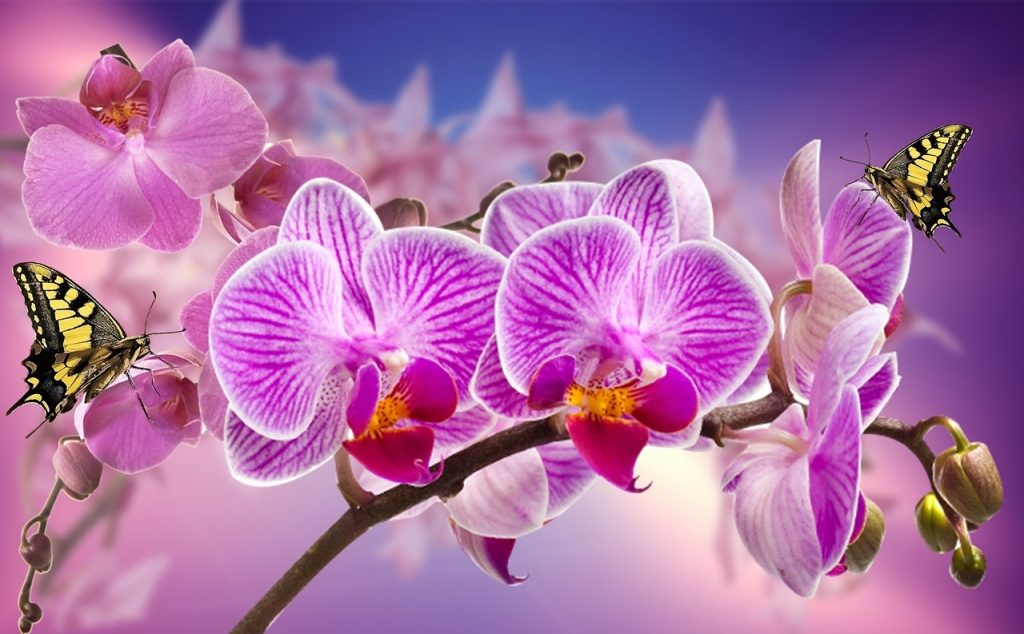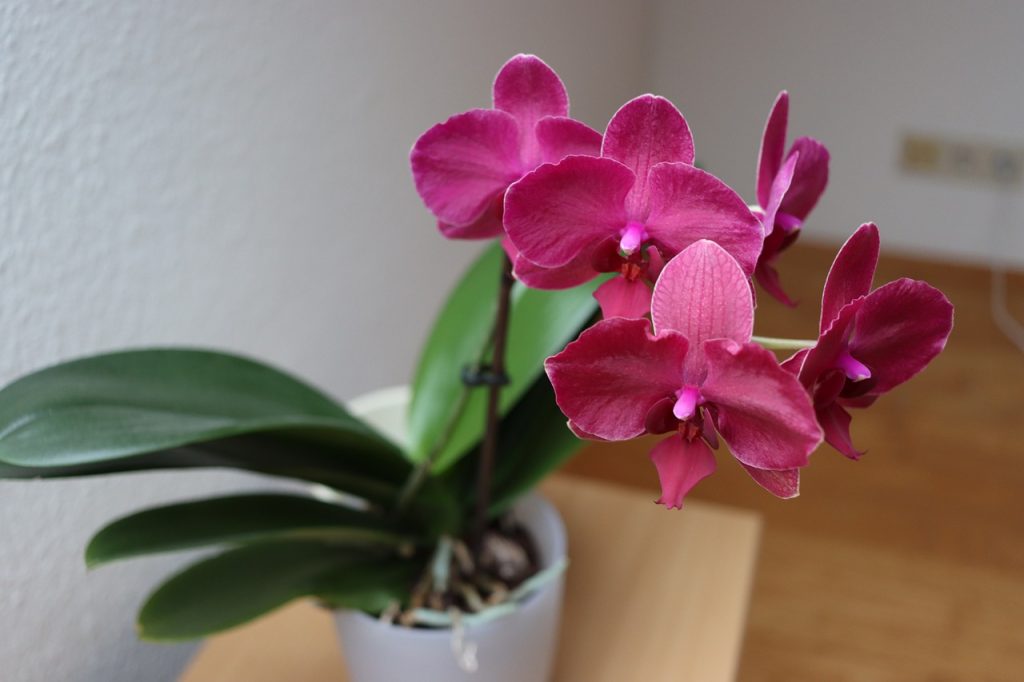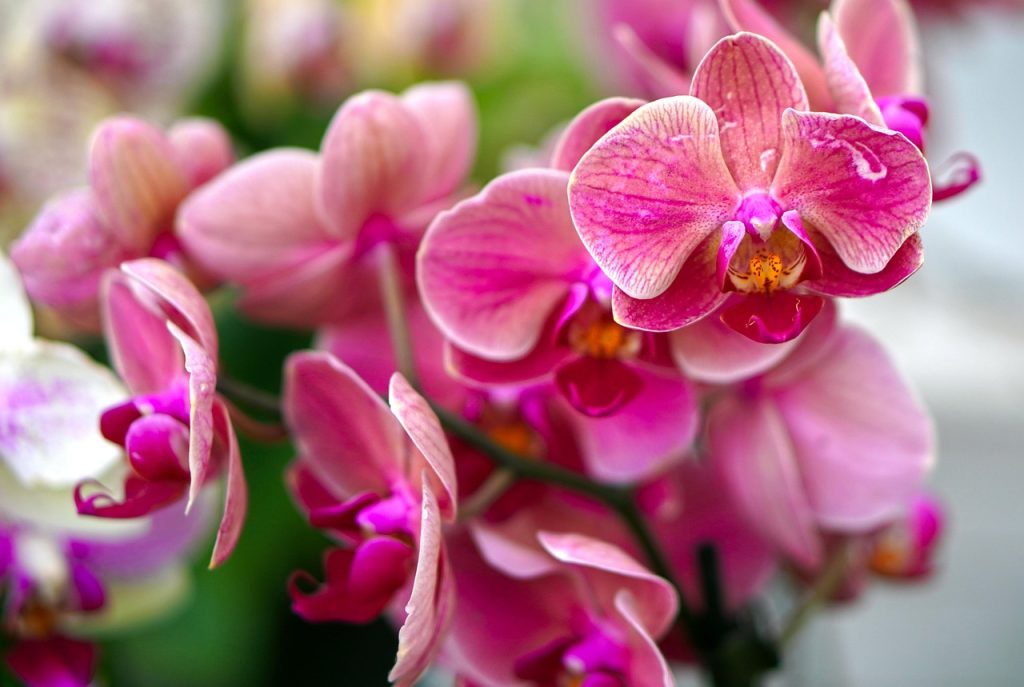Orchids are among the most captivating and diverse groups of flowering plants, known for their exotic beauty and extraordinary variety. These exquisite blooms, with their unique forms and vibrant colors, have intrigued botanists, gardeners, and plant enthusiasts for centuries. Whether you’re a novice gardener or a seasoned horticulturist, World of orchids offer a fascinating world to explore.

The Enigmatic History of Orchids
Orchids have a rich history that dates back to ancient times. They are believed to have originated more than 100 million years ago, with fossils discovered that suggest their existence during the Cretaceous period. Orchids were first documented in China around 500 BC, where they were admired for their beauty and used in traditional medicine. The term “orchid” itself comes from the Greek word “orchis,” meaning testicle, referring to the shape of the plant’s tubers.
Orchid Appearance and Varieties
Orchids exhibit an astonishing range of shapes, sizes, and colors. They can be as tiny as a dime or as large as several feet across. Their flowers often mimic insects to attract pollinators, a testament to their evolutionary ingenuity. Some popular orchid varieties include:
- Phalaenopsis: Also known as “moth orchids,” these are popular for their ease of care and long-lasting blooms.
- Cattleya: Often called “corsage orchids,” these are known for their large, fragrant flowers.
- Dendrobium: These orchids have versatile growing habits and come in a wide range of colors.
- Vanda: Known for their vibrant colors and large, flat flowers, Vandas are often seen in hanging baskets.
- Paphiopedilum: Commonly known as “slipper orchids,” they have unique pouch-like flowers.
Optimal Growing Conditions for Orchids
Orchids are epiphytes, meaning they naturally grow on other plants for support rather than in soil. Understanding their natural habitat is key to successfully cultivating them at home.
Light Requirements
Orchids generally prefer bright, indirect light. Direct sunlight can scorch their leaves, while too little light may prevent them from blooming. East-facing windows are often ideal for providing the right balance.
Soil and Potting Medium
Since orchids do not grow in traditional soil, they require a special potting medium that mimics their natural environment. A mixture of bark, sphagnum moss, and perlite is commonly used. This blend ensures proper air circulation and drainage.
Watering Needs
Watering orchids can be tricky as they prefer to dry out between waterings. Overwatering is a common mistake that can lead to root rot. A good rule of thumb is to water once a week, allowing excess water to drain completely.
Temperature and Humidity
Orchids thrive in temperatures between 65-75°F (18-24°C) during the day and slightly cooler at night. Humidity levels around 50-70% are ideal, which may require the use of a humidifier or a humidity tray, especially in dry climates.

Planting and Propagation of Orchids
Planting Orchids
When planting World of orchids, choose a pot just large enough to accommodate the roots. Carefully place the orchid in the potting mix, ensuring the base of the plant is above the medium to prevent rot.
Propagation Methods
Orchids can be propagated through several methods:
- Division: This involves separating a mature plant into smaller sections, each with its own roots.
- Keiki Cuttings: Some orchids produce “keikis,” or baby plants, which can be removed and potted separately.
- Seed Propagation: A more complex method, it involves sowing orchid seeds in a sterile environment.
Seasonal Care for Orchids
Caring for orchids requires attention to seasonal changes. During the growing season, typically spring and summer, orchids may require more frequent watering and fertilizing. In fall and winter, reduce watering and allow the plant to rest. Be mindful of temperature changes and adjust care routines accordingly.
Common Problems and Solutions
Pests
Orchids are susceptible to pests like aphids, spider mites, and scale. Regularly inspect your plants and treat infestations with insecticidal soap or neem oil.
Disease
Fungal and bacterial infections can occur due to overwatering or poor air circulation. Ensure your World of Orchids has good ventilation and avoid letting water sit on the leaves.
Non-Blooming Orchids
If your orchid isn’t blooming, it might need more light or a temperature change. Adjusting these factors can encourage flowering.

Practical Uses of Orchids
Beyond their ornamental appeal, orchids have practical uses. Some species are used in perfumes, while others, like vanilla orchids, are cultivated for flavoring. In traditional medicine, World of orchids have been used for their purported healing properties.
Frequently Asked Questions About Orchids
Most orchids require watering once a week. Ensure the potting medium is dry before re-watering.
Yellowing leaves can indicate overwatering or insufficient light. Adjust care practices accordingly.
Yes, orchids can thrive indoors with proper light, temperature, and humidity conditions.
Provide adequate light, maintain proper temperature fluctuations, and ensure the plant has a rest period in the winter.
With proper care, orchids can live for several decades, continuing to bloom annually.